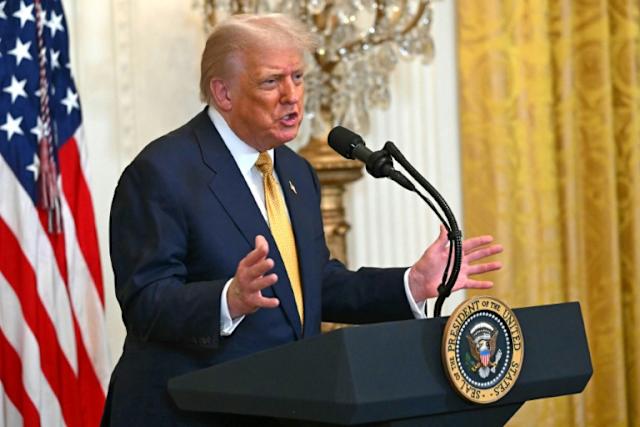US President Donald Trump has announced sweeping new secondary tariffs targeting any country that continues to trade with Russia, in a bold move to pressure Moscow into agreeing to a ceasefire in Ukraine by August 8. The proposed tariffs would see a 100% tax imposed on goods imported into the US from countries still doing business with Russia, including major energy buyers like China, India, and Turkey.
Despite being the most sanctioned nation globally, Russia has managed to fund its war in Ukraine largely through energy exports. Trump’s strategy aims to disrupt this income stream by penalizing Russia’s trade partners. However, the implications of these secondary tariffs could be far-reaching.
If successful, the tariffs could reduce global access to Russian oil and gas, leading to higher energy prices. While Trump remains optimistic, citing record US oil production, analysts warn that supply constraints could trigger inflation, similar to the 2022 energy crisis following Russia’s invasion.
India, the second-largest buyer of Russian oil, could face severe consequences. With Apple shifting iPhone production to India, US consumers may see prices double due to added tariffs. Already facing 25% tariffs, Indian goods could become even more expensive, straining US-India trade ties.
China, the largest buyer of Russian energy, presents a greater challenge. US imports from China are five times higher than those from India, making sweeping tariffs on Chinese goods a risky gamble. Such a move could derail ongoing trade talks, disrupt supply chains, and further escalate inflation.
The European Union and Turkey, still purchasing some Russian energy, may also face penalties. As key US trade partners, additional tariffs could damage transatlantic commerce, especially in vital sectors like pharmaceuticals and machinery.
While the sanctions aim to undercut Russia’s war chest and support Ukraine, the broader economic fallout could be significant. With Russia’s economy already teetering on the edge of recession and its shadow fleet evading sanctions, enforcing these new measures may prove complex.
Ultimately, Trump’s tariffs could reshape global trade alliances but at the cost of higher prices, strained relations, and potential economic instability.

